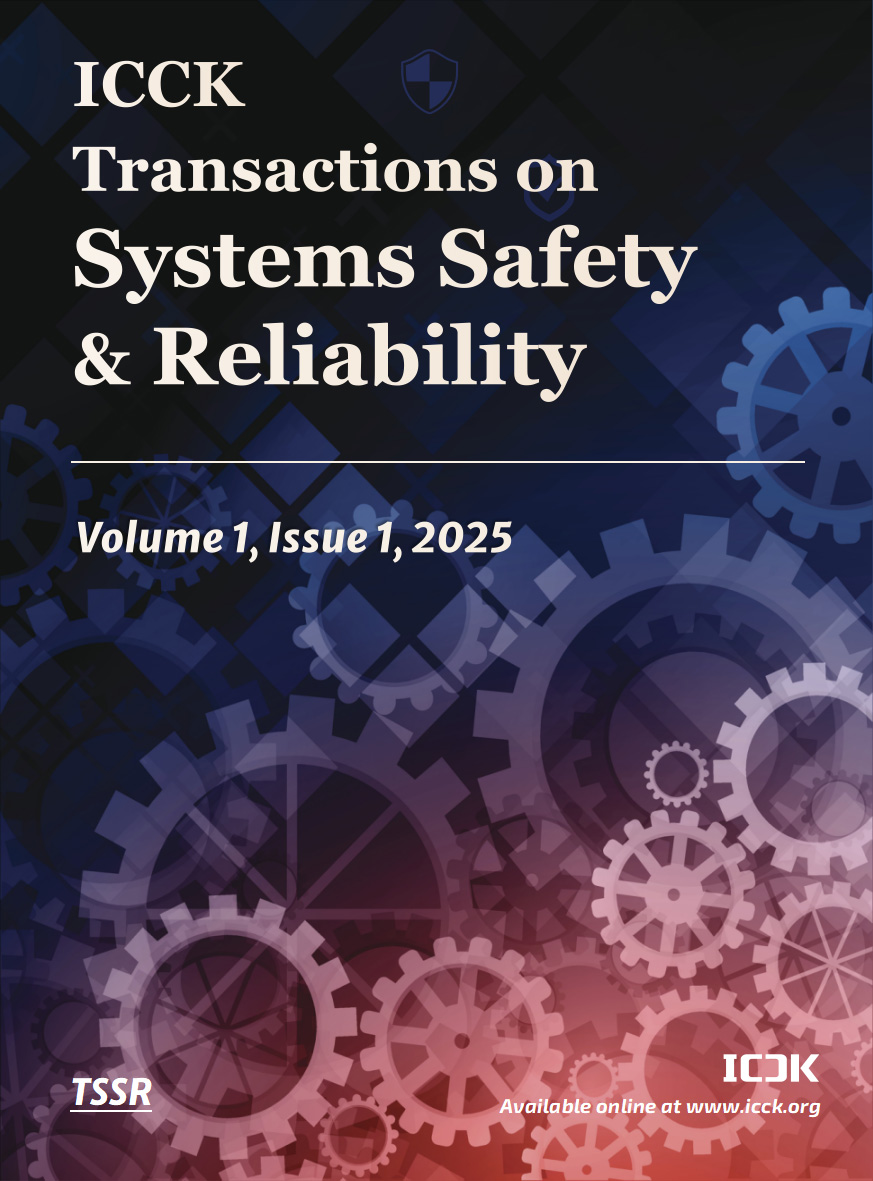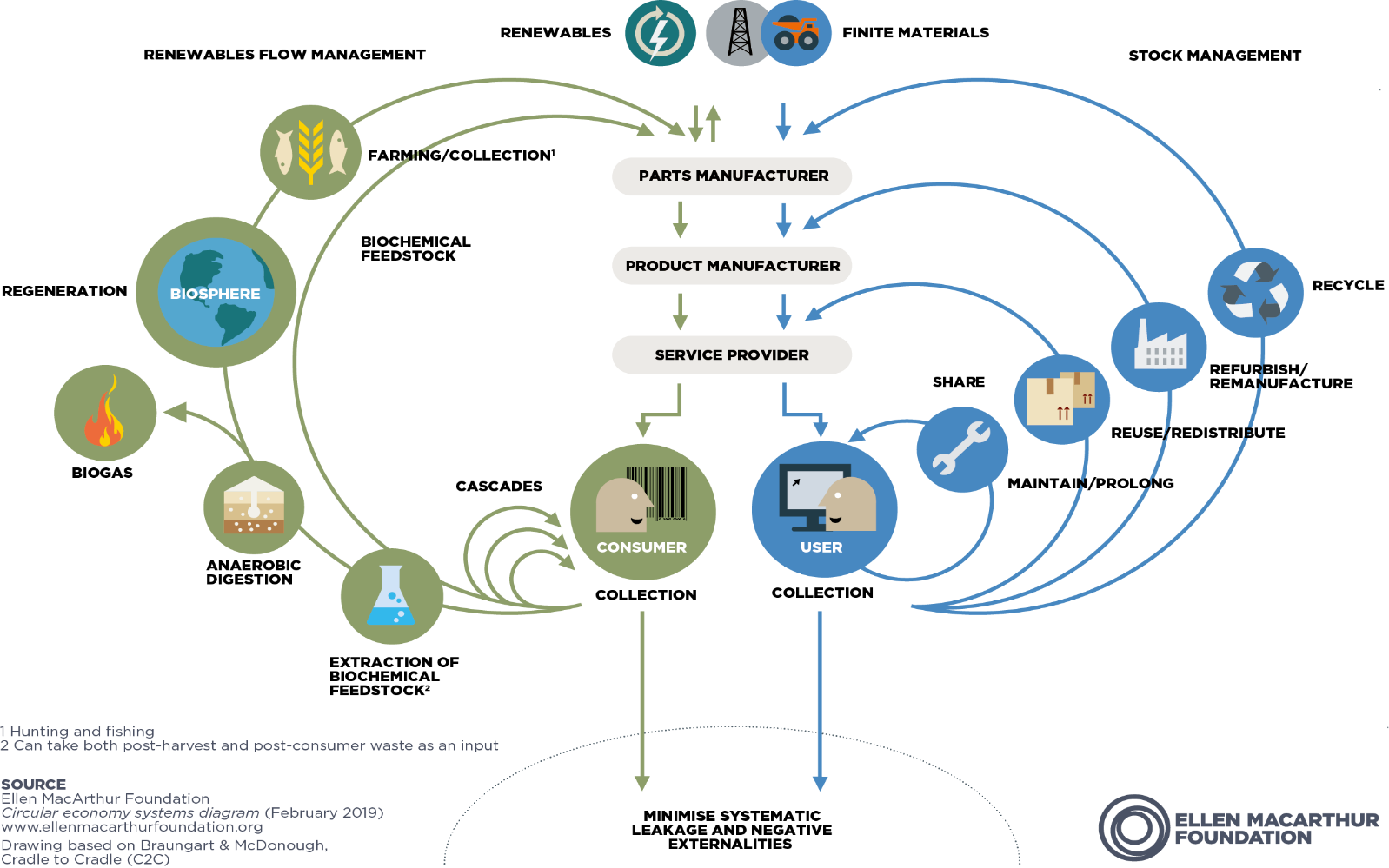Abstract
Business model innovation (BMI) constitutes a structural catalyst for competitive advantage within contemporary business ecosystems (BEs), transcending firm-level adaptation to reconfigure multi-stakeholder value generation networks. This research theorizes the reciprocal dynamism between BMI and ecosystem evolution through systematic literature synthesis and longitudinal analysis of a keystone technology enterprise. The study establishes four constitutive dimensions: (1) BMI’s steering effect on BE trajectories and resilience under sustainability pressures; (2) Its mediation of environmental integrity, social equity, and economic viability across ecosystem lifecycles; (3) The generative mechanisms whereby BMI propels sustainable niche market emergence; and (4) BMI-mediated augmentation of ecosystem adaptive capacity confronting systemic sustainability disruptions. Findings demonstrate that strategic BMI fundamentally restructures stakeholder interdependencies, serving as the cornerstone for ecosystem-level sustainability transitions. Empirical evidence reveals that such innovation enables critical adaptation to systemic pressures—including resource constraints, climate disruptions, and ethical consumption shifts—while unlocking novel value architectures integrating planetary stewardship, social impact, and economic returns. This work advances theoretical discourse by conceptualizing the BMI-BE reciprocity as an indispensable framework for achieving Sustainable Development Goals within interconnected commercial networks, providing actionable pathways for scholars and practitioners to reconfigure ecosystem governance toward regenerative futures.
Keywords
business model innovation
ecosystem sustainability
business ecosystem
niche markets
Data Availability Statement
Data will be made available on request.
Funding
This work was supported without any funding.
Conflicts of Interest
The author declares no conflicts of interest.
Ethical Approval and Consent to Participate
Not applicable.
Cite This Article
APA Style
Zhao, J. (2025). Beyond Firm Boundaries: Orchestrating Ecosystem Sustainability Through Business Model Innovation. ICCK Transactions on Systems Safety and Reliability, 1(1), 63–80. https://doi.org/10.62762/TSSR.2025.410841
Publisher's Note
ICCK stays neutral with regard to jurisdictional claims in published maps and institutional affiliations.
Rights and Permissions
Institute of Central Computation and Knowledge (ICCK) or its licensor (e.g. a society or other partner) holds exclusive rights to this article under a publishing agreement with the author(s) or other rightsholder(s); author self-archiving of the accepted manuscript version of this article is solely governed by the terms of such publishing agreement and applicable law.


 Submit Manuscript
Edit a Special Issue
Submit Manuscript
Edit a Special Issue

